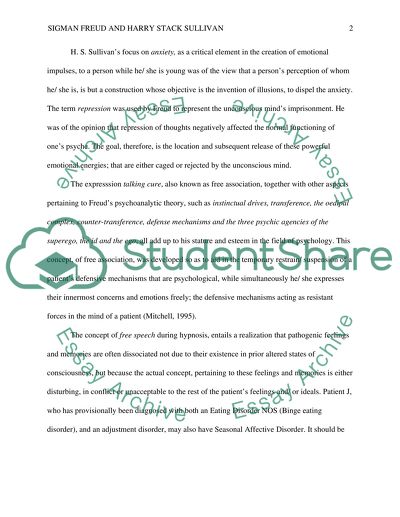Cite this document
(“Freud's Psychoanalysis and Sullivan's Interpersonal Psychoanalysis Essay”, n.d.)
Retrieved from https://studentshare.org/psychology/1448582-apply-classical-freud-and-sullivan-s-theoretical
Retrieved from https://studentshare.org/psychology/1448582-apply-classical-freud-and-sullivan-s-theoretical
(Freud's Psychoanalysis and Sullivan'S Interpersonal Psychoanalysis Essay)
https://studentshare.org/psychology/1448582-apply-classical-freud-and-sullivan-s-theoretical.
https://studentshare.org/psychology/1448582-apply-classical-freud-and-sullivan-s-theoretical.
“Freud's Psychoanalysis and Sullivan'S Interpersonal Psychoanalysis Essay”, n.d. https://studentshare.org/psychology/1448582-apply-classical-freud-and-sullivan-s-theoretical.


